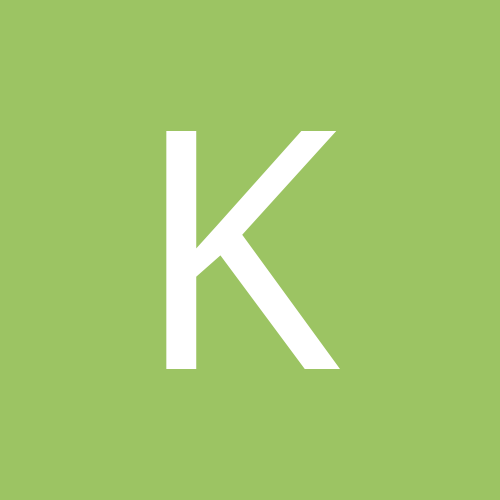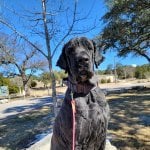I have a few answers
Today I talked to my surgeon's office - making sure they're receiving all the reports and clearances from my other various doctors/tests. Some came to them - others did not. I will need to chase down the EKG/release from the cardiologist, and the report/release from the pulmonologist, and my pap smear results. I have my Upper GI scheduled, and I'll need that report to get over to the surgeon afterward, too. Then I'll need to make an appointment to see my primary care physician, and get his clearance/release for the surgery. After that, my surgeon's office submits all the data over to the insurance company. It takes them a good 7 business days to give an approval for the surgery or ask for more information.
Once that approval comes through, we set a surgery date, and then I see the surgeon 1-2 weeks before the surgery, for a pre-op appointment. I'll receive all sorts of info at that appointment - the pre-op diet, the post-op short-term diet, and this doctor's particular diet. I've been told by this surgeon that he doesn't want any of his patients to follow any other instructions other than his own. And they won't give me any of the diets until that pre-op visit. Because it's "too overwhelming". But well, I'm not sure how you're supposed to decide if you want to commit to something fully for the rest of the forseeable future when you don't know what you're committing to, ya know? But it sort of doesn't matter - I'm done with this lifestyle and the resulting body.
I did look up the post-op diet for a lap band online:
- Days 1-4: Clear Liquids only!
- Days 5-14: Full Liquids only.
- Day 15-29: Soft mushy phase. These are foods that you could chew if you didn’t have teeth.
- Day 30: Back to a regular diet. This includes solid foods!
Then I looked up what the "Lap-Band Diet" looks like - just to get SOME idea of what my future looks like:
- low-fat proteins (lean meats, fish, skinless poultry, eggs)
- fruits and vegetables
- healthy, whole-grain breads and cereals
- dairy products (good source of calcium, but choose non-fat or low-fat)
- heart-healthy fats
It doesn't sound like a blast, but it does sound like what any person wanting to lose weight SHOULD be eating. So that's okay.
Some high-protein foods (protein content and serving size):
- Lean red meat, fish, poultry (21 grams per 3 ounces)
- Cottage cheese, low-fat (15 grams per half cup)
- Tofu (9 grams per 4 ounces)
- Beans & peas (8 grams per half cup)
- Yogurt, regular, low or non-fat (7 grams per 6 ounces)
- Yogurt, Greek, low or non-fat (17 grams per 6 ounces)
- Eggs (6 grams per large egg)
- Oats (3 grams per half cup)
- Non-starchy vegetables (tomatoes, green beans, cucumbers) (2 grams per half cup cooked)
The diet should include a variety of protein sources to provide the body with a balanced intake of nutrients. Planning high-protein meals is a priority. Many LAP-BAND patients continue to use liquid protein supplements (12-15 grams of protein per packet, on average) in their daily diet as a balanced source of protein and nutrients.
Other things I found:
- Eat only three small meals a day - this is all you need. Do not snack between meals.
- Eat only solid foods at mealtime - this is how the LAP-BAND® works to restrict food.
- Eat slowly and chew your food thoroughly, about 15-20 times a bite, until it reaches a liquid consistency - this will help to create the feeling of fullness and make it less likely for food to get stuck in the new stomach pouch.
- Stop eating when you feel full - eating too much can result in pain, nausea and vomiting. It can also stretch the new stomach pouch.
- Choose healthy foods - make sure you are getting enough protein and nutrients.
- Do not drink while you eat - this will wash down the food and you will not reach the feeling of fullness, defeating the purpose of the LAP-BAND®. Do not drink for 30 to 45 minutes before or after meals.
It is important to drink plenty of fluids during the day in order to stay hydrated and replace the fluid that is lost due to weight loss. If you become dehydrated you may experience a loss of energy, lightheadedness, dry skin, and nausea.
You should choose low-calorie liquids and try to drink about 6 - 8 cups of fluid a day Water is a good choice, but other drink options include low-calorie, non-carbonated liquids, such as artificially flavored drinks, broth, tea, and black coffee (without sugar).
Avoid drinking fluids within 30-45 minutes of a meal. You do not want to drink before, as it will fill up your pouch with liquids and not leave room for food. You do not want to drink too soon after a meal, because the liquids will move food through your LAP-BAND® pouch too quickly.
I can't imagine my surgeon's diet plan is going to look TOO different from the above. It's not like he's going to deter me from eating high-protein, low-fat foods. Or tell me to drink high calorie or carbonated beverages. Lol. He may be no carb, though? God I hope not. I crave those like nobody's business. But, it'll be whatever it is. And I'll just need to be fine with that.
In the meantime, I'm going to have to start looking up ways to start shopping, meal planning and cooking the new way. At least I have a starting point now.
I'm satisfied with today's answers. ![]()











0 Comments
Recommended Comments
There are no comments to display.
Create an account or sign in to comment
You need to be a member in order to leave a comment
Create an account
Sign up for a new account in our community. It's easy!
Register a new accountSign in
Already have an account? Sign in here.
Sign In Now